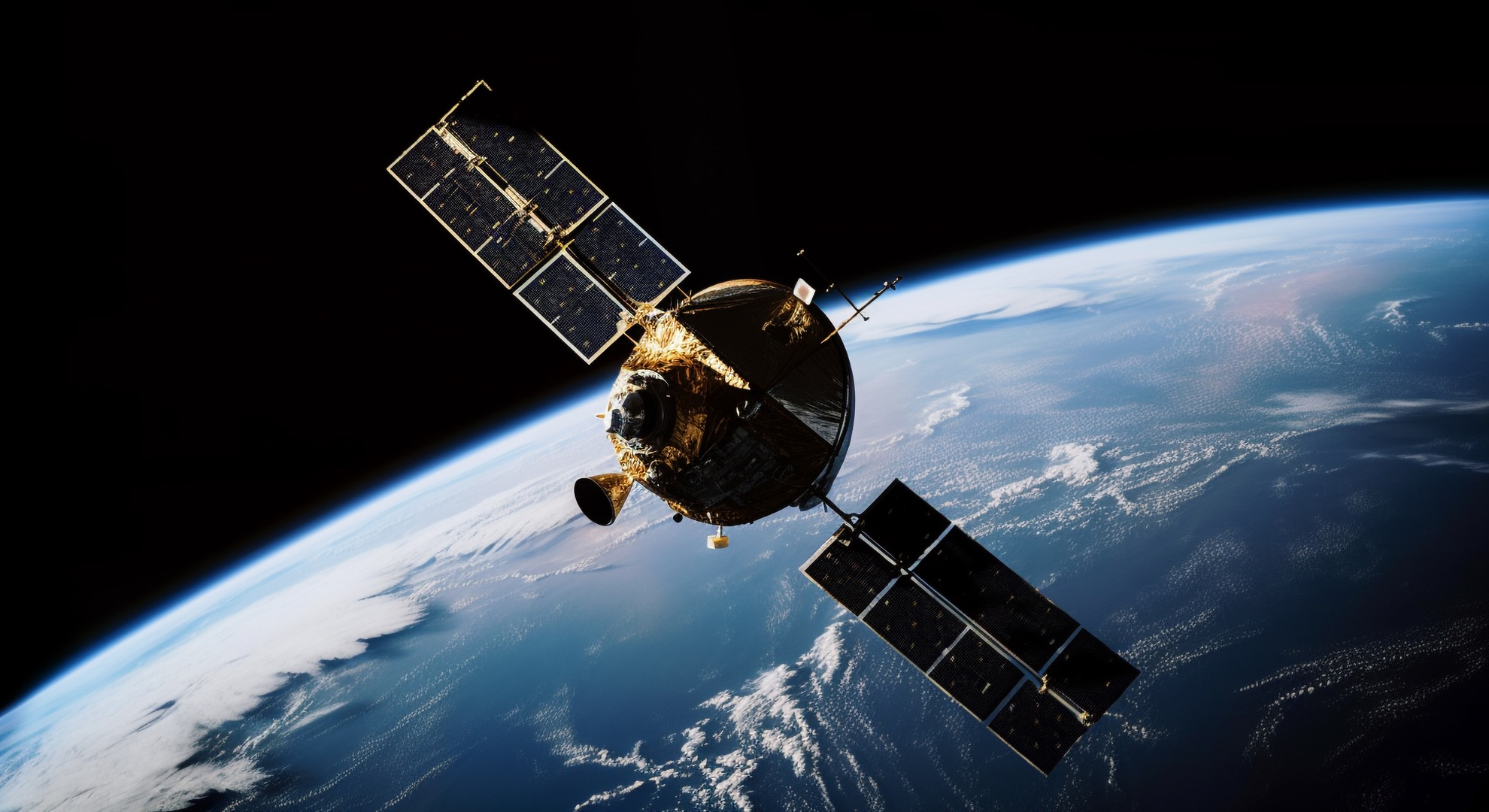
30 Aug Satellite communication: connecting the world from space
None of the benefits of living in a hyper-connected world would be possible without the involvement of certain technologies that, in most cases, go completely unnoticed by most people. Transferring data via both optical fibre and satellites are what make modern connectivity as we know it possible – even if it is beyond most people’s comprehension.
The revolution in satellite technology
Although the use of satellite communication is by no means a recent invention – it’s been helping us communicate for over half a century now – it’s only in recent years that the introduction of satellites as a communications device has become a real possibility for organisations, companies and countries with enough resources and money. And not just the behemoths on the international stage, but middle ranking ones too.
Particularly in the early years of communications satellite technology, only major world powers could rise to the challenge. The size of satellites, the numbers required, the exoticism or delicacy of the materials involved in manufacturing them, as well as the complexity of the technology in question, among other factors, have all traditionally been barriers to anyone who wasn’t a big player in what became known as the space race. But in recent years, research in the field of new materials and miniaturisation, alongside the adoption of sustainable feeding technologies, has put satellite communication well within reach of almost anyone.
The role of satellites in global communications networks
Satellites are vital to global communications networks because of their ability to cover vast geographical areas and provide connectivity in places where land-based infrastructure is either impracticable or simply non-existent. Satellite communication facilitates high-speed data transfers, access to the Internet, satellite television, radio and telecommunications services worldwide.
Benefits of satellite communication
Global coverage: unlike terrestrial infrastructure, satellites can provide communication services to just about anywhere on the planet, including across oceans, deserts and mountainous regions.
Connectivity in remote areas: satellites are vital to providing connectivity in rural and remote areas where land networks simply cannot reach. This is crucial for education, health and economic development in affected regions.
Redundancy and resilience: in emergencies and natural disasters – or when ground infrastructure fails – satellites can maintain communications and ensure critical information continues to flow as it should.
The applications of satellites in communications
Satellites are used in a variety of applications, ranging from television and radio broadcasting to Internet services and mobile communications. Some key examples include satellite television, which provides access to a wide range of TV channels around the world, regardless of your location, and satellite Internet, which makes high-speed Internet access possible in areas where ground connections aren’t available, as well as mobile telecommunications, since satellite communication increases the coverage and capacity of mobile networks, especially in rural areas and during peak demand events.

